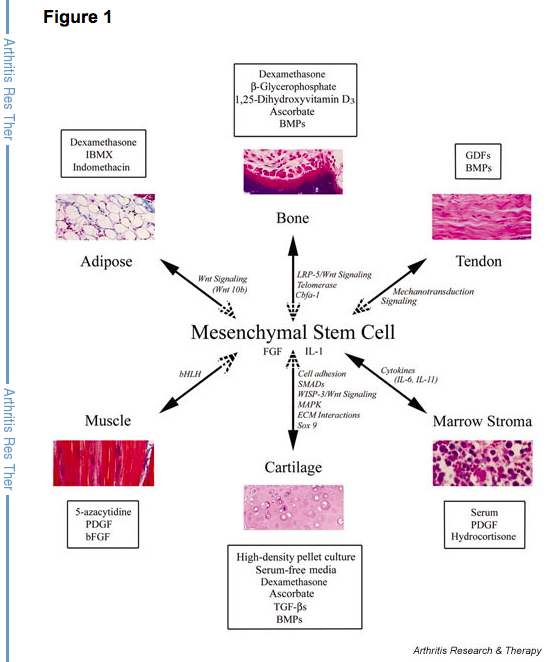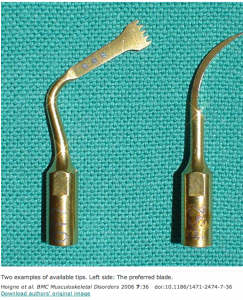I think this PubMed study is one of the biggest breakthroughs I have ever found on the possibility of reforming the Epiphyseal Plates.
The articles is entitled “Thyroxine Is The Serum Factor That Regulates Morphogenesis Of Columnar Cartilage From Isolated Chondrocytes In Chemically Defined Medium” – Author: R. Tracy Ballock, & A. H. Reddit (source link) There is a full article PDF to the link above.
The first thing that I notice right away is that the primary author is Robert Ballock, who Tyler introduced me to the work in the very beginning when he directed me to the work of Zhang for the Loading Modalities and Ballock for his studies on regrowing and regenerating new growth plates.
Analysis: While I haven’t read the entire paper yet, the abstract reveals for the first time conclusive evidence that with a slight manipulation of the serum concentration in the medium, in terms of adding thyroxine, the chondrocytes developed into the stacking column architecture that is only seen in growth plates, and not any other type of hyaline, fibrocartilage, or articular cartilage. The 3-D aggregates all seem to have the columns in a certain directions which means that these chondrocyte pellets are basically small pieces of completely regenerated growth plates. Remember that the main difference between the growth plate cartilage and the other type of cartilages, even the other hyaline cartilage was the way the chondrocytes were able to align themselves on top of each other in columns.
Not only that, we see that the chondrocytes also are expressing the right type of Collagen, Type X, as well as the right level of alkaline phosphatates, which is the type you see in completely differentiated chondrocytes which means they are going through hypertrophy. The key growth regulator they found was that it was thyroxine.potentially, I would say now that you can take these newly formed “cartilage” pellets and implant them into human long bones in a thick enough defect section and the bones can theoretically lengthen due to the hypertrophic effects.
Abstract
Epiphyseal chondrocytes cultured in a medium containing 10% serum may be maintained as three dimensional aggregates and differentiate terminally into hypertrophic cells. There is an attendant expression of genes encoding type X collagen and high levels of alkaline phosphatase activity. Manipulation of the serum concentration to optimal levels of 0.1 or 0.01% in this chondrocyte pellet culture system results in formation of features of developing cartilage architecture which have been observed exclusively in growth cartilage in vivo. Cells are arranged in columns radiating out from the center of the tissue, and can be divided into distinct zones corresponding to the recognized stages of chondrocyte differentiation. Elimination of the optimal serum concentration in a chemically defined medium containing insulin eliminates the events of terminal differentiation of defined cartilage architecture. Chondrocytes continue to enlarge into hypertrophic cells and synthesize type X collagen mRNA and protein, but in the absence of the optimal serum concentration, alkaline phosphatase activity does not increase and the cells retain a random orientation. Addition of thyroxine to the chemically defined medium containing insulin and growth hormone results in dose-dependent increases in both type X collagen synthesis and alkaline phosphatase activity, and reproduces the optimal serum-induced morphogenesis of chondrocytes into a columnar pattern. These experiments demonstrate the critical role of thyroxine in cartilage morphogenesis.



